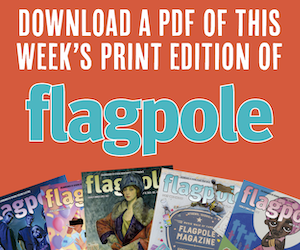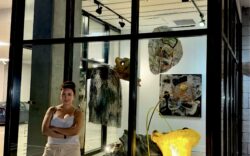In the early 20th century, Paris presented something America couldn’t: independence. For a generation of women, the City of Light offered liberation from the constraints of gender, race, class and convention—and the chance to remake their lives on their own terms.
A new exhibition at the Georgia Museum of Art, “Brilliant Exiles: American Women in Paris, 1900–1939,” chronicles the stories of more than 50 women who left behind the limitations of home and reimagined what it meant to be a modern woman. In doing so, they helped push the boundaries of art, literature, design, publishing, music, fashion, journalism, theater and dance to new heights.
Organized into seven sections, the show highlights iconic figures like Josephine Baker, Zelda Fitzgerald, Isadora Duncan and Gertrude Stein, along with others who helped redefine modern womanhood. Drawn to Paris for its cultural openness and creative energy, they found inspiration not only in their work, but in how they lived, dressed and thought. Their stories unfold through more than 60 portraits, as well as sculptures, photographs, drawings, prints and more, all created by female artists or that depict these unorthodox women.
“Essentially, the show is about these American women who went to Paris and were able to embrace a new independence—autonomy, financial or artistic,” says Nelda Damiano, the Pierre Daura curator of European art at the museum. “The show focuses on the first 40 years [of the 20th century]. Everything was happening in Paris at that time from a literary perspective, from an arts perspective and music.”
The exhibition was organized by the National Portrait Gallery and received federal support from the Smithsonian American Women’s History Initiative Pool, administered by the Smithsonian American Women’s History Museum. It’s traveled to museums across the country, with the Georgia Museum of Art as its final stop.
In addition to the traveling pieces, the Georgia Museum of Art contributed a few of its own. Among the local additions are two works from the museum’s collection featured in the section titled “The Dancer of the Future,” which centers on the legacy of Isadora Duncan, a pioneering American dancer who rejected the rigid forms of classical ballet in favor of movement inspired by nature. In addition, dresses from the University of Georgia’s Anne Barge Historic Clothing and Textile Collection will be displayed alongside related artwork across the exhibition, adding another layer of dimension to the immersive storytelling.
“When you take a prepared show like this, it’s nice to have something to add that speaks to the local audience,” says Damiano, who’s worked at the museum for six years. “It just makes it feel more at home.”
While gorgeous, detailed portraits anchor the exhibition, the emotional heart lies in highlighting women’s stories—those of creative risk, personal reinvention and the search for belonging. According to Damiano, the exhibition doesn’t just spotlight individual accomplishments, but the collective strength of community as well.
“When you start looking at these pieces and reading about these women… there was that sense of community—the sense of helping one another and championing one another,” she says. “It was a really tight network of introducing people, hosting, encouraging gatherings [and] discussion. It was a very fertile space and a moment where you could exchange ideas.”
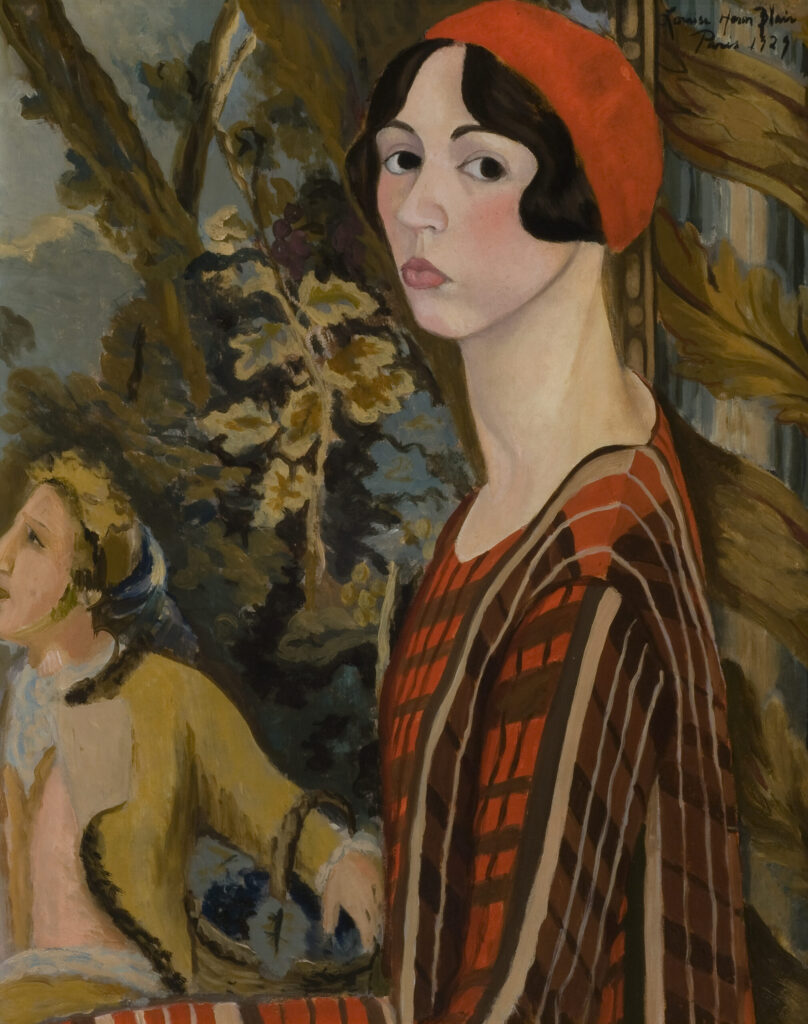
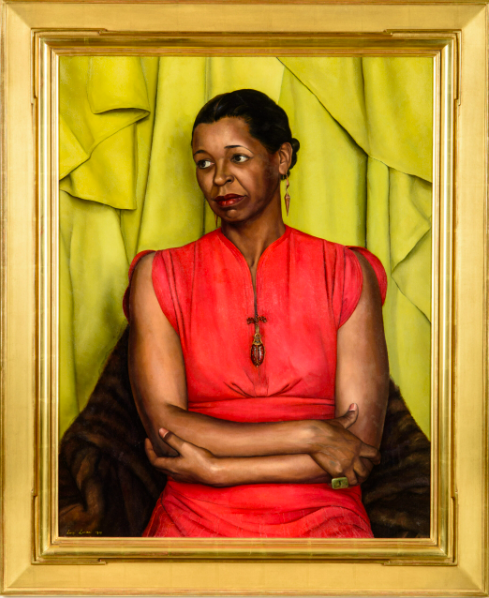
That space, particularly for Black artists, offered a kind of freedom America didn’t. One section of the exhibition explores the impact of the Harlem Renaissance abroad, where Black artists were able to find recognition away from segregation-era America.
“African American artists found more freedom abroad than at home and were able to make a name for themselves,” Damiano says. “It doesn’t mean that they got rich or their life was better once they returned home [to America], but they experienced that parentheses of being abroad and being celebrated for their talent. Not to say there wasn’t racism, but it was different.”
Whether they returned home or remained abroad, these women embraced new models of womanhood and created space for self-expression.
“These women, whether they were artists or not, were able to be themselves, to live their love for one another openly,” Damiano says. “There was a freedom in Paris that you didn’t yet have in the U.S.”
That experience of stepping outside the American context continues to resonate today. Whether seeking a fresh start or a break from American routine, the lure of the other side is still very present, according to Damiano.
“I think there’s something stimulating and exciting about going abroad,” she says. “Of course, you’re confronted with another culture… but I’m hoping visitors, especially younger visitors, can try to imagine how it was such a deliberate choice.”
WHAT: Opening Reception
WHEN: Friday, July 18, 5:30–7 p.m.
WHERE: Georgia Museum of Art
HOW MUCH: $15
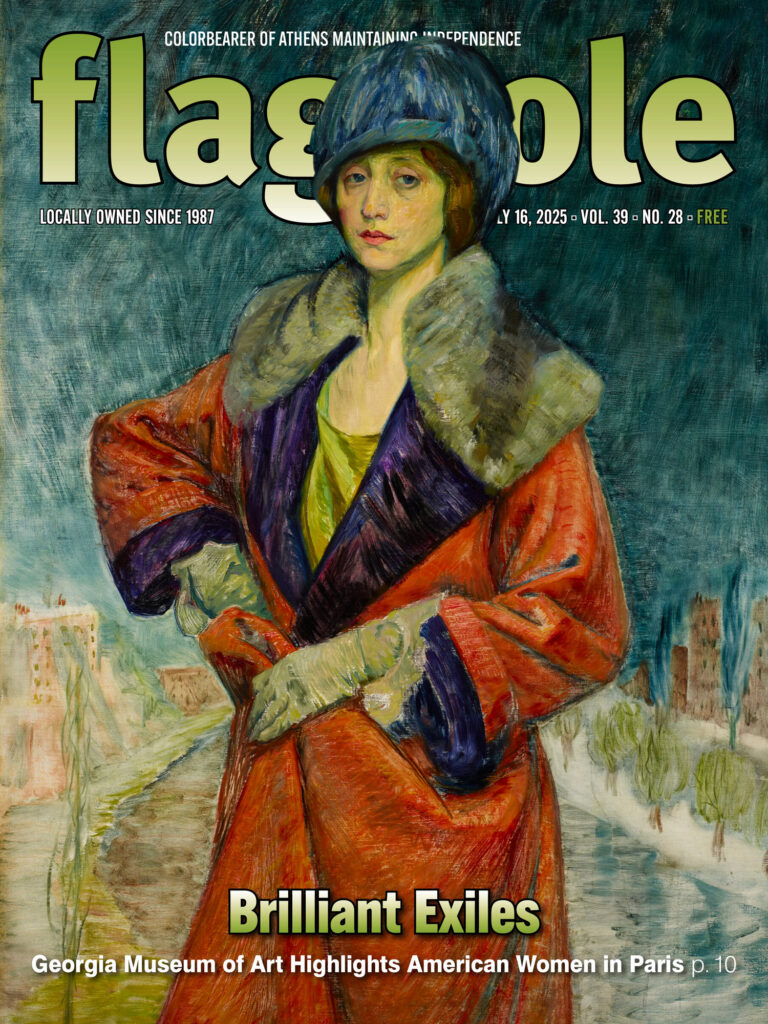
Like what you just read? Support Flagpole by making a donation today. Every dollar you give helps fund our ongoing mission to provide Athens with quality, independent journalism.





